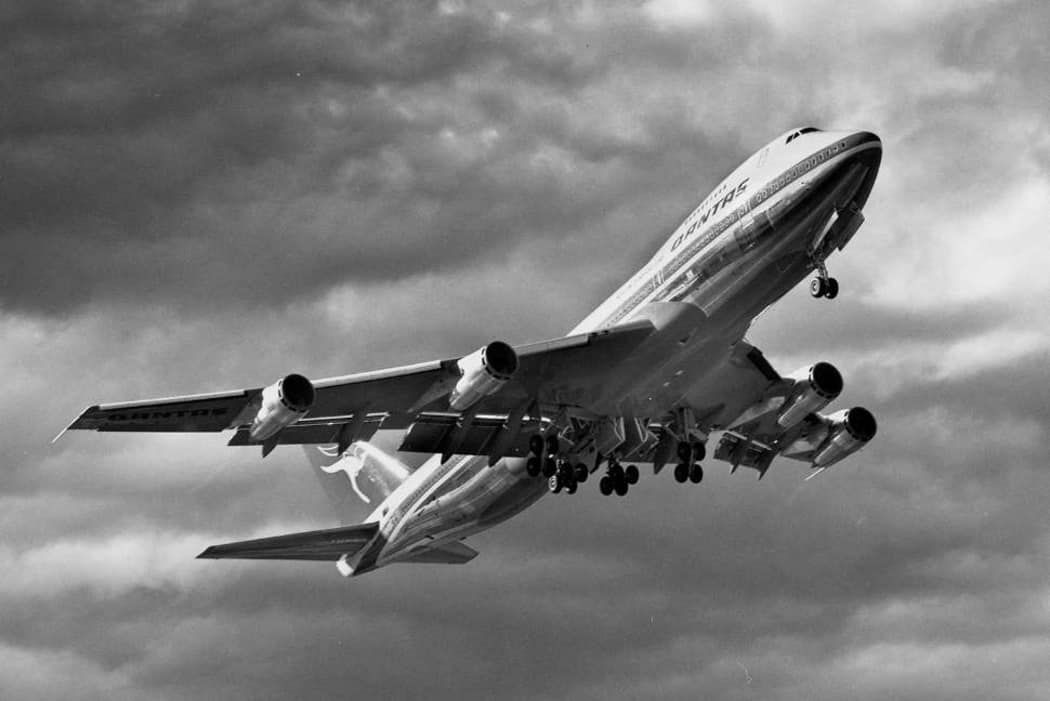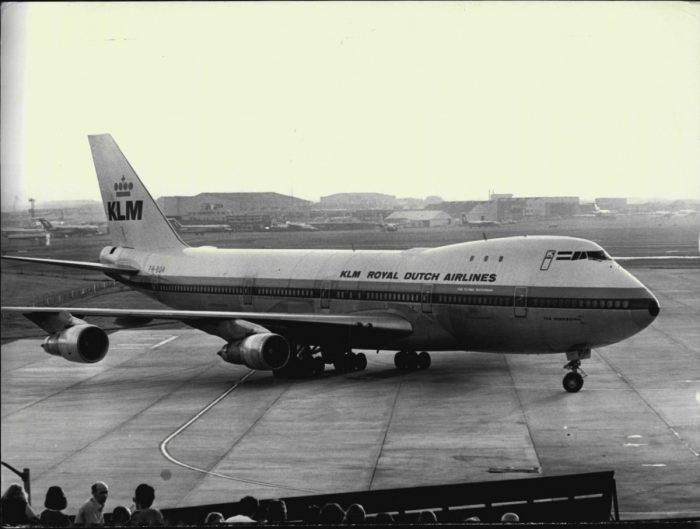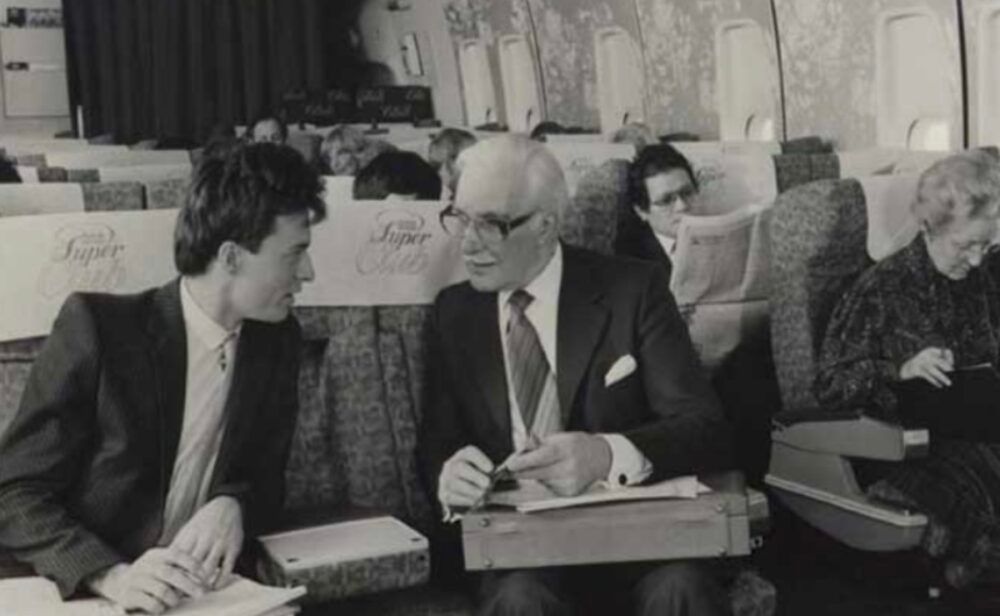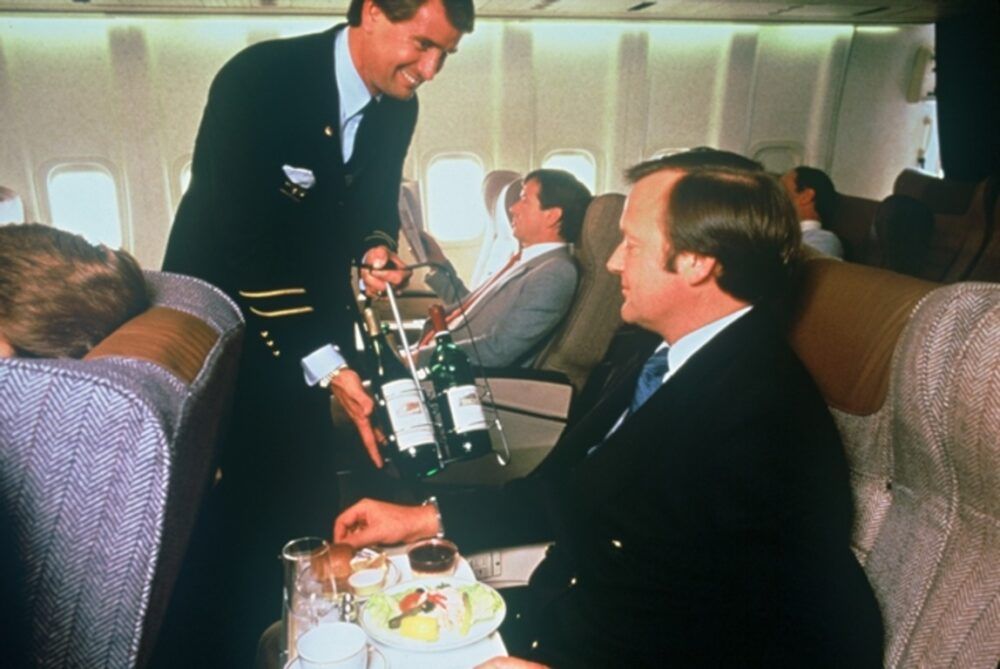Despite being a key factor for passengers across the globe, the business class is still relatively new in airline history. Previously, cabins were split between first and economy classes. However, towards the end of the 1970s, a new premium service started to emerge.
The early days
Until this decade, only a select few had the privilege of flying. However, the introduction of the Boeing 747 in 1970 opened up the market. Due to the increase in capacity and lower travel fares, more members of the general public could now hit the skies.
However, the rise of more passengers gave way to longer waiting times at airports. Additionally, personalization in customer service gradually dropped. Subsequently, airlines saw the opportunity to provide a premium service for "full fare" passengers.
RetroWow reports that in 1975, Japan Airlines was the first carrier to offer better facilities for these customers. These provisions included the launch of the company's Tachibana (Orange Blossom) cabin right behind its first class. Additionally, these travelers could use the executive service lounge at Tokyo's Imperial Hotel.
In the same year, KLM went one step further by offering a service for passengers to check-in at separate counters at New York JFK and Amsterdam Schiphol. Along with having their own section on the plane, they were also given priority baggage handling.
Further progress
Two years later, British Airways also got in on the action with its new "Executive Cabin". While its economy seats on the 747 were changed to a 3-4-3, the premium class remained at 2-4-3.
Passengers were also treated to the following amenities:
- Quicker food and beverage service
- Additional free newspapers
- Duty free priority
- Hot linen towels
- Linen pillow and seat covers
- Smoking and non-smoking areas
- Unique boarding pass and cabin baggage tags
However, two years later, they rebranded this offering to "Club Class", adding bespoke cuisine inspired by the times of Queen Elizabeth I.
Also, in 1977, Thai Airways launched a similar project. Its new service was the first to be officially called a "business class". However, it was still primarily an economy service but with additional provisions such as access to first class lounges.
In 1978, Pan American ushered in the "Clipper Class", named after the famous aircraft that it flew during the 1930s. Passengers with these tickets sat behind first class and were offered free wine and headsets, along with a choice of snacks. In the same year, Air France introduced another class that included a selection of champagne, cognac and cheeses.
Airline Geeks reports that now-defunct British Caledonian had also introduced a three-class-service. It launched this initiative on its Boeing 707, flying from London Gatwick to Houston with 24 first class seats, an executive cabin with 54 seats, and 48 economy seats.
Established service
However, Qantas claims to be the first airline to invent the business class. The Australian flag carrier introduced the new cabin on its growing 747 fleet. The fee for one of these tickets was 15 percent higher than the standard economy fare. Seats were also bigger and had more legroom than their counterparts.
Furthermore, the seats were spread out in pairs, allowing passengers to be no more than one seat from the aircraft's aisle. Moreover, there was a free bar and a tailored menu. This was all on top of separate check-ins, free headsets, and priority baggage handling.
Altogether, the introduction of the business class was a gradual process that airlines improved on during the second half of the 1970s. By the time the 1980s hit, the class was its own entity. It would go on to become a staple for several airlines across the globe.
What are your thoughts about the early days of the business class? Let us know what you think in the comment section.




